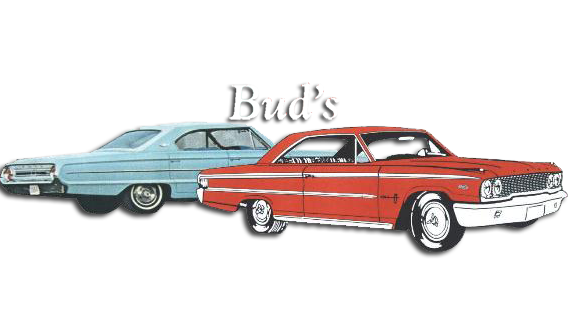Using primer
Q; I see that you do restoration work, I have my 63 fb at a shop, and we’re discussing what the proper priming process will be after the strip. Do you have any suggestions?
A; absolutely, this is probably the most important step to perform correctly to ensure a superior lasting job.
First let’s touch on the paint removal. If a chemical stripper is used, although they are very effective, you will need to remove the stripper residue from the metal, they recommend washing with water. I’m not a big fan of pouring water on my freshly stripped steel, if you don’t, the steel is not clean, not a great foundation for your investment. So I don’t do that.
I recommend mechanically stripping it. For the large areas I use a 5” rotary with a soft disc, with 80 or 100 paper, variable speed set at around 1800-2000. Its removed quickly with minimal heat and won’t damage the steel panels. The edges and areas that can’t benefit from this will be media blasted clean. This process is particularly good for those large flat roof and hoods that are damaged easily by blasting even with an experienced person.
Now that you have a properly stripped body [or whatever], lightly sand the steel with 220 paper, and prepsol clean. Now apply 1 good wet coat of a good quality 2 part etching primer. If you have any repair work to do, prime around those areas.
This is now a great base to work with. Let cure for a few days. You can apply 2k primer right over it, but if polyester [bondo] work is needed. You’ll need to sand it good first.
There is very often a large amount of time and money spent on a great paint job, and I hear too often from folks that have made the investment that it’s been applied over the existing paint.
The objective is to give the body a great coating to prevent any further corrosion ever. Investing in a quality first coat process will make your job a bit more expensive, but its your best insurance policy, and great piece of mind for your new paint job.
